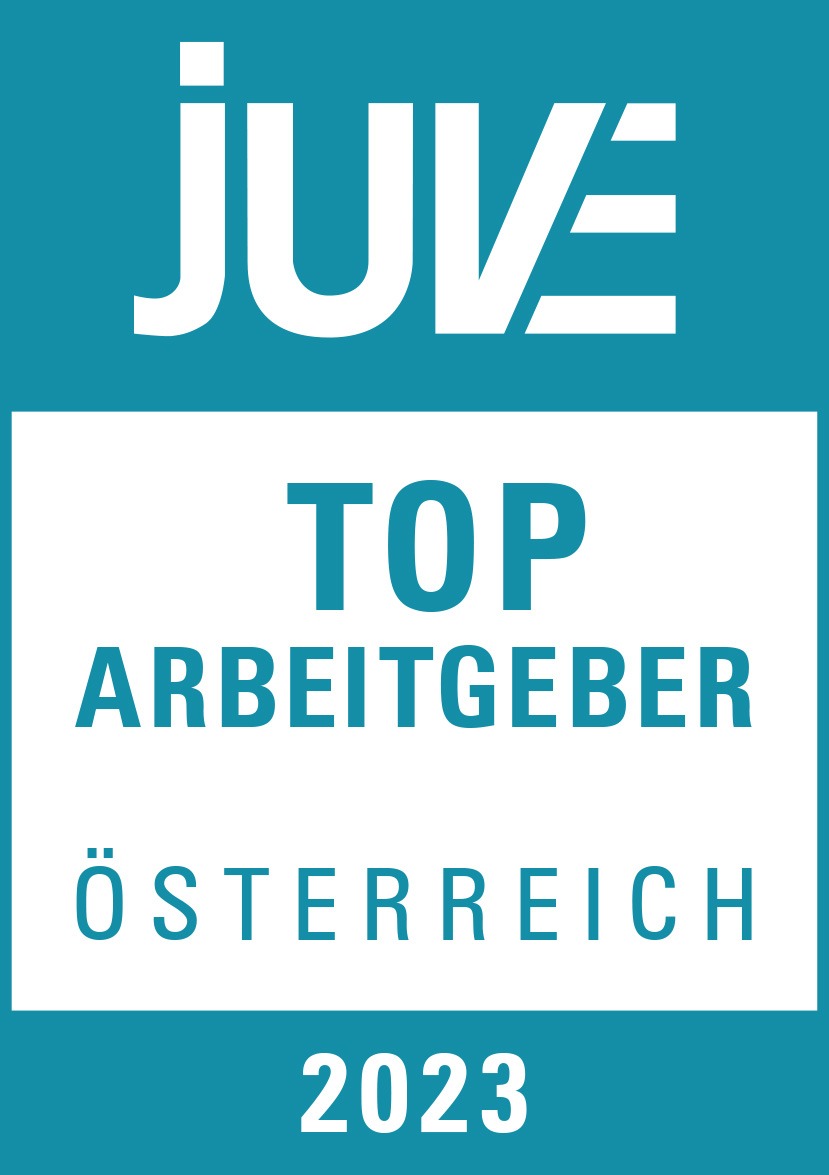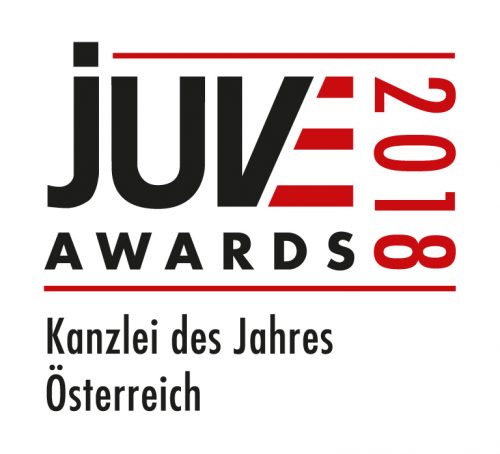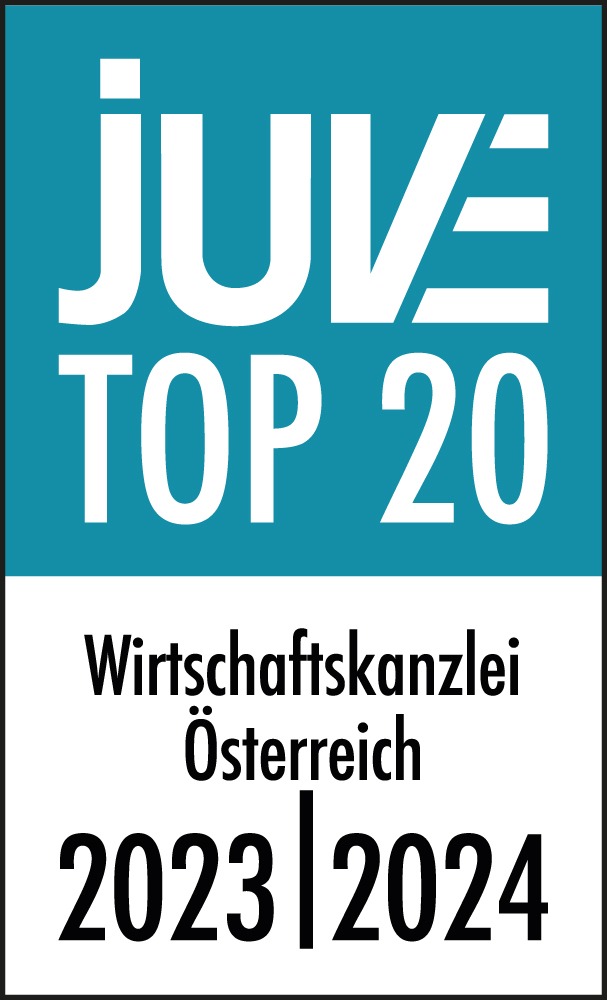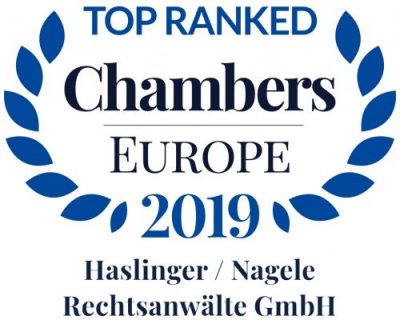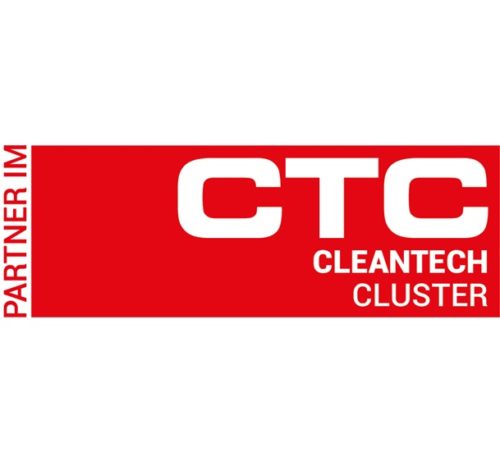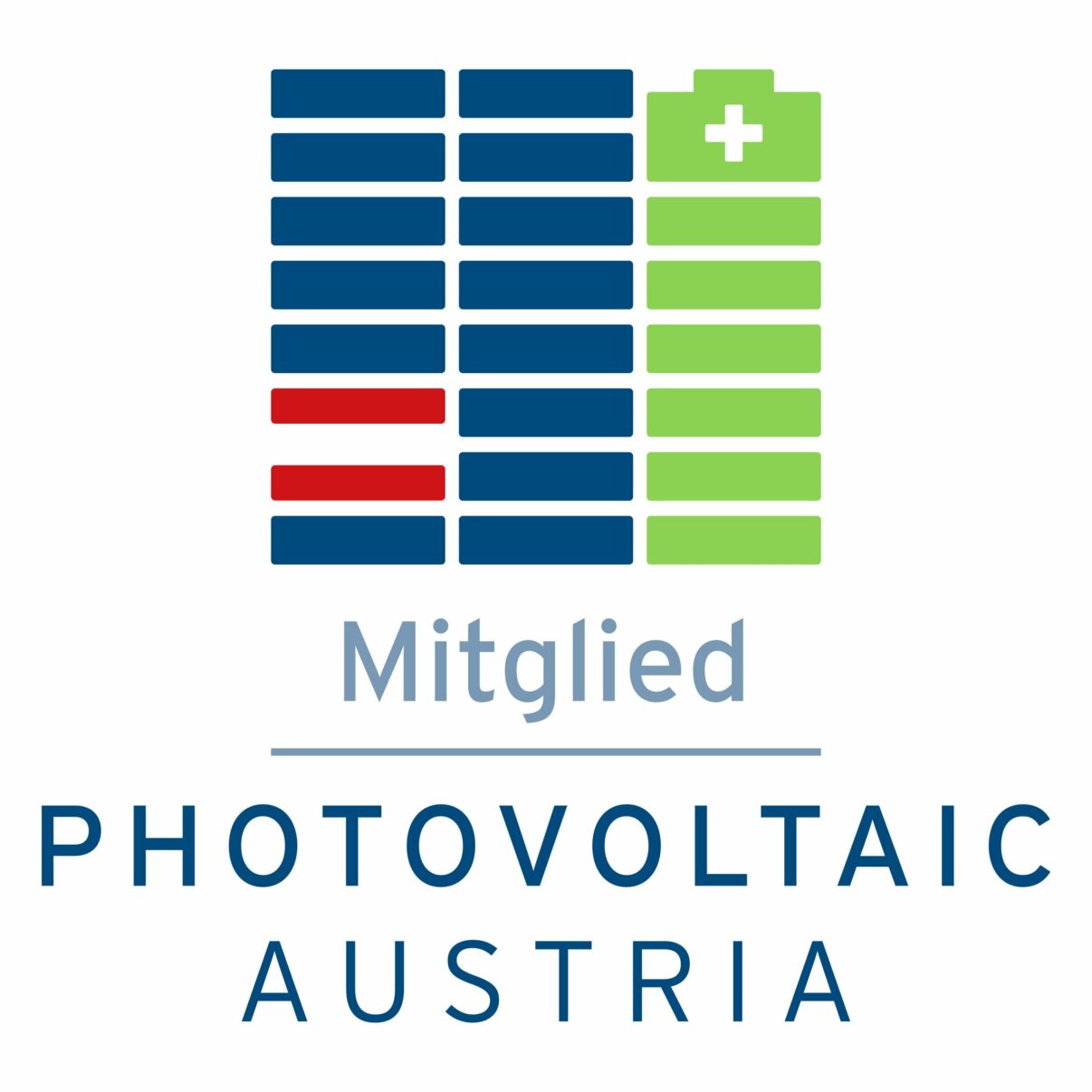Whistleblowing reporting systems
We help with implementation and processing!
Yesterday, the EAG amendment was passed in the National Council. This means that the law can soon come into full effect.
The entry into force of the Renewable Energy Expansion Act (EAG) in summer 2021 is supposed to herald the Austrian energy transition. A starting signal with reservations.
An essential instrument for advancing the decentralization of electricity generation are the subsidy regulations for the generation of electricity from renewable energy of the 1st main section in the 2nd part (§§ 9 – 54 EAG). As state aid, they are fundamentally incompatible with the internal market of the EU. These provisions relevant to state aid law have to be approved by the European Commission and are subject to a ban on implementation until they are approved or not prohibited (§ 103 (2) EAG). With the help of the Guidelines on State Aid for Environmental Protection and Energy, the EU Commission examines whether the subsidies are benefits in the sense of environmental and climate protection, which are exempt from the ban on subsidies at the discretion of the authorities (Art 107 (3) TFEU).
The EU Commission completed this review process on December 20th, 2021. With the EAG, Austria could increase the share of renewable energies in the electricity supply to 100% by 2030 “without undue distortion of competition in the internal market”. Essentially, the following changes had to be made for the Commission’s approval (new version vs. old version).
First of all, it should be noted that the funding regime of the EAG is divided into operating subsidies (market premiums) on the one hand and investment subsidies on the other hand. Investment subsidies are intended to provide financial support for the construction, revitalization and expansion of facilities. These were not part of the notification under state aid law and have already come into force with the old version. Operating subsidies are paid out as a market premium and are intended to fully or partially compensate for a certain period for the difference between the production costs of electricity from renewable sources and the average market price for electricity (§ 9 (2) EAG).
The market premium can be awarded in two different ways. The market premiums for photovoltaic power plants, biomass power plants and wind power plants are subject to competitive allocation. In this process, the “value to be applied” is determined by the bids submitted by the bidders as part of an invitation to tender. This is to ensure that the subsidy remains appropriate and cost-effective. The counterpart to competitive allocation is the administrative market premium. The “value to be applied” is determined by regulation.
With the passing of the EAG, another important step has been taken to mobilize the private sector to expand renewable energy sources by creating legal certainty and thus investment security. The last point still to be resolved is the ordinances envisaged in several places for further specification of the EAG, especially in the area of investment grants.
If you are interested, the members of our practice group 360° Renewable Energy – Johannes Hartlieb, Kaleb Kitzmüller, Mario Laimgruber and Christoph Juricek will help you. Contact us at 360ee@haslinger-nagele.com or by phone at +43 1 7186680-0.
This article is for general information only and does not replace legal advice. Haslinger / Nagele Rechtsanwälte GmbH assumes no liability for the content and correctness of this article.
21. January 2022
